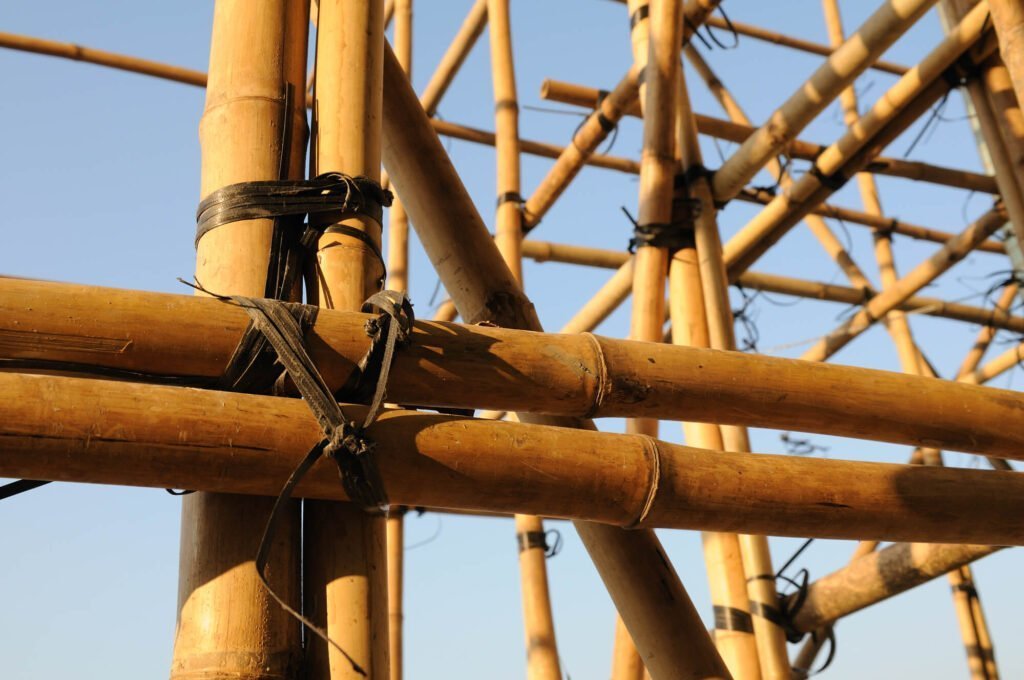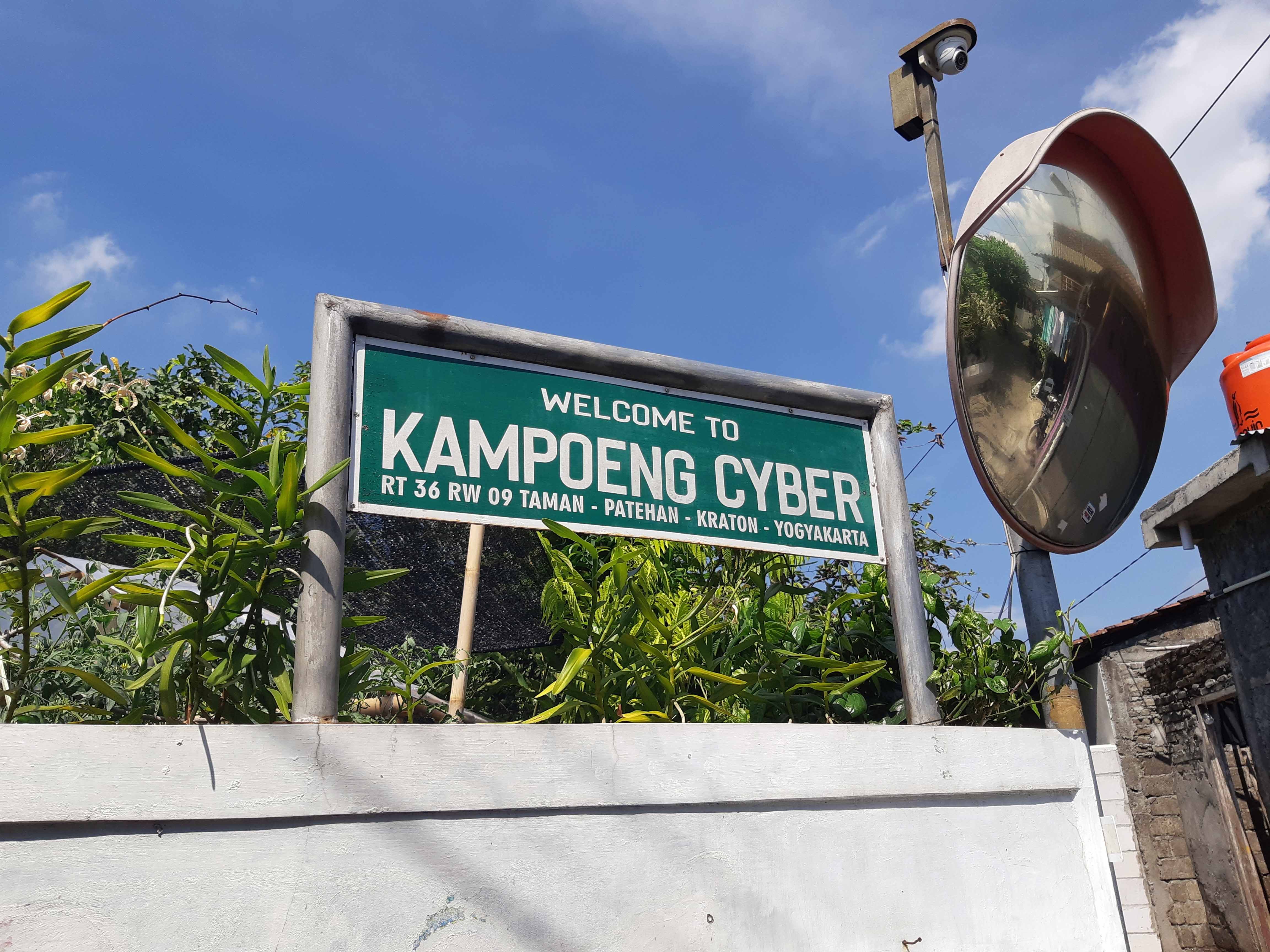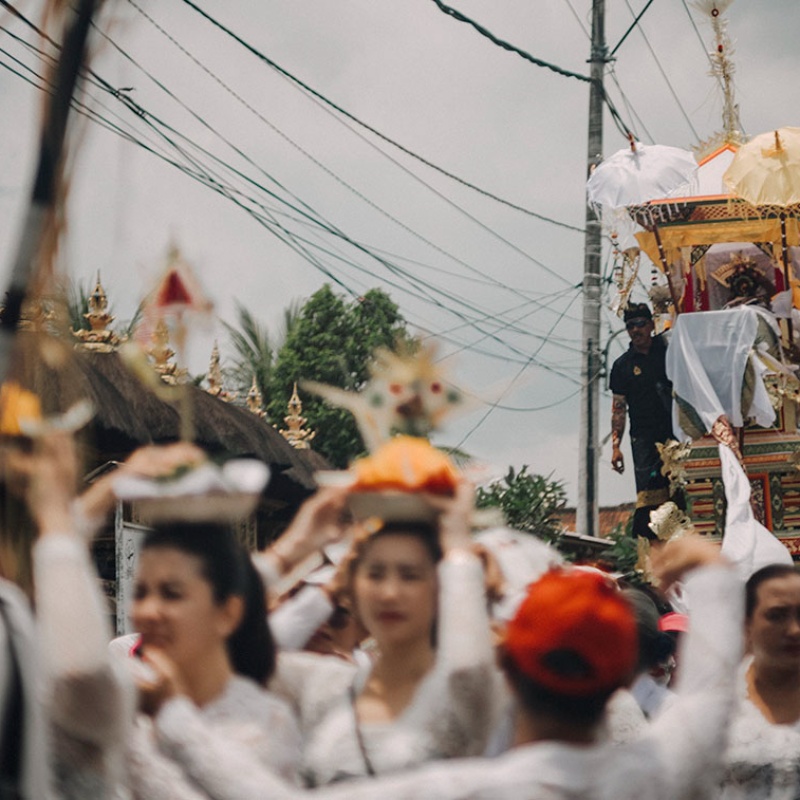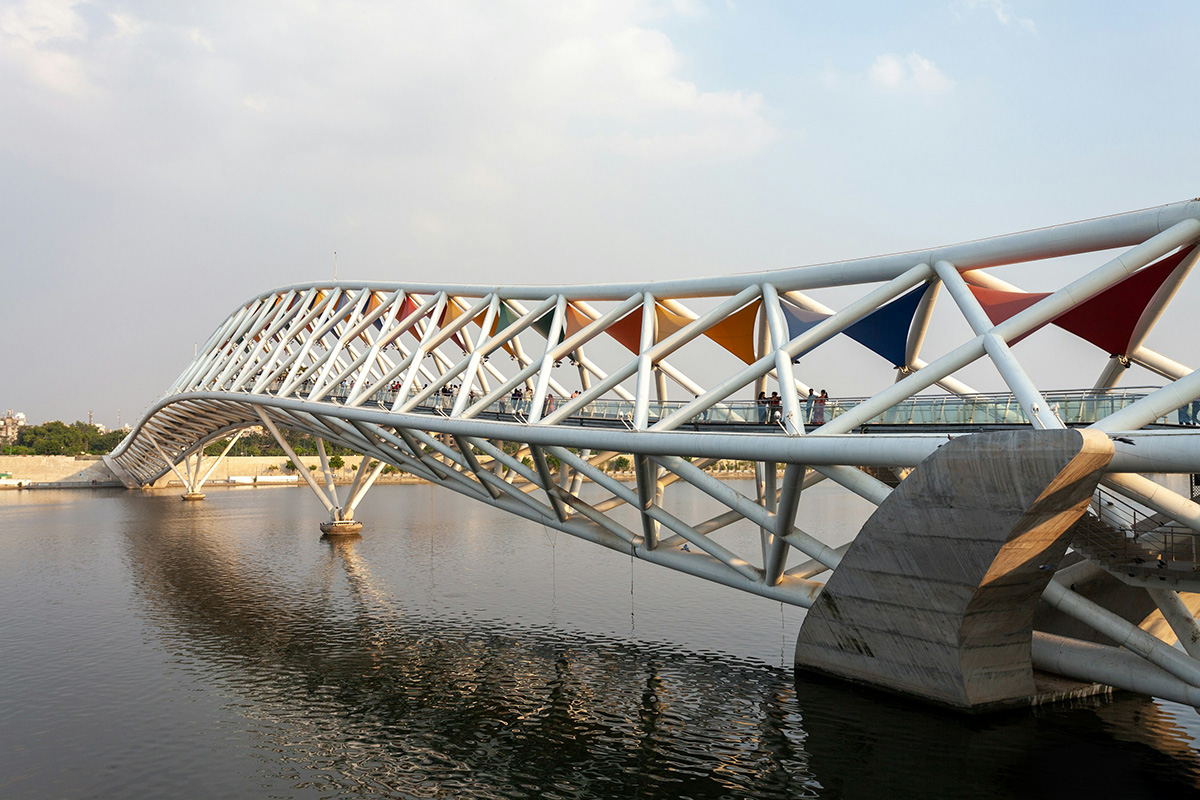Bamboo scaffolding, with a rich history in Hong Kong, remains a traditional construction method throughout the city. It is a common sight to see soaring skyscrapers covered in bamboo scaffolding, making Hong Kong one of the few places in the world where this material is still widely used for scaffolding and seasonal Cantonese opera theatres.
The use of bamboo scaffolding can be traced back thousands of years to ancient China. Bamboo, known for its strength, flexibility and abundance was recognised as a suitable material for construction. The earliest records of bamboo scaffolding can be traced back to the Sui-Tang dynasty, where it was employed to build stilt houses that could adapt to the rainy and humid climate while keeping vermin and pests at bay. The unique scaffolding-like structure even appears in one of China’s most cherished artworks, “Along the River During the Qingming Festival,” painted by Zhang Zeduan during the Song dynasty (1085-1145).
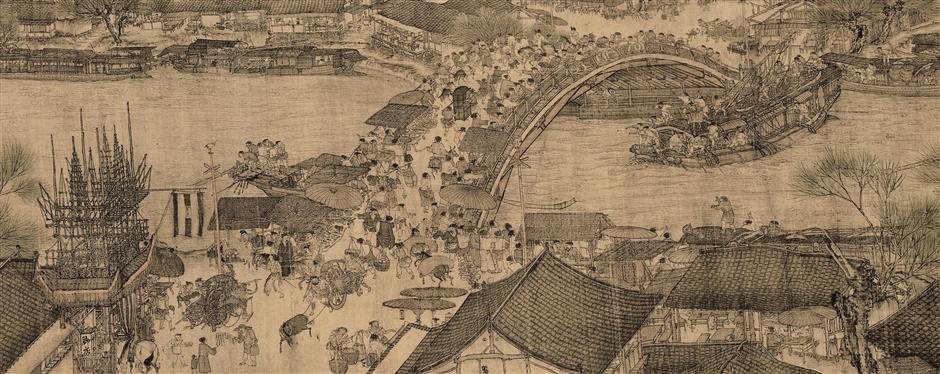
The majority of bamboo used in Hong Kong is sourced from Macau, which in turn is imported from the Guangxi autonomous region in Southern China, where bamboo is predominantly grown. In the realm of scaffolding, two types of bamboo are commonly employed: Kao Jue (pole bamboo) and Mao Jue (hair bamboo). Kao Jue is used for both vertical and horizontal constructions and must have an external diameter of no less than 40mm. Mao Jue, on the other hand, is primarily used for vertical and diagonal structures and should have a minimum diameter of 75mm and a minimum thickness of 10mm. When selecting bamboo for scaffolding purposes, it is crucial to ensure that the bamboo is thoroughly dried and devoid of any cracks or signs of decay, as these can lead to complications during the construction process.

The construction process of bamboo scaffolding involves skilled workers who employ traditional techniques to assemble the bamboo poles. These bamboo scaffolders rely heavily on intuition, visually measuring distances and poles, and constructing the framework based on a mental image. During the scaffolding process, the poles are securely tied together using nylon strips or metal wires, creating a robust framework that offers the necessary strength, stiffness and durability to support workers, tools, and construction materials.
"The most challenging aspect is tying the knot, which takes years to master. An artisan's skill can be judged by the quality of their knot,"
says Chan Yuk-Kwong, owner of Wah Bo Engineering, a company with nearly 40 years of experience in constructing bamboo theatres.
Typically, the scaffolding is erected alongside buildings, providing a stable platform for workers to access different levels of the structure during construction, maintenance, or repair work. It can reach impressive heights and effectively support heavy loads. To prevent loose debris from falling onto the streets, the use of netting and nylon sheeting is mandatory throughout the process.
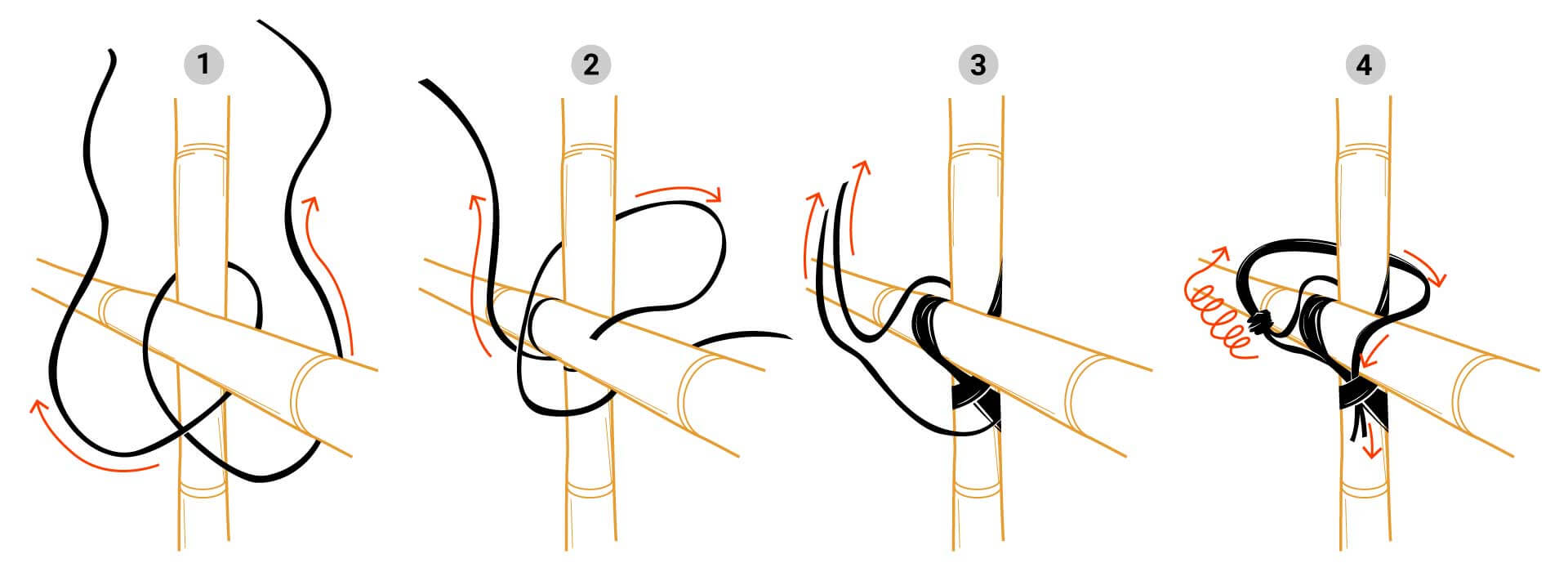
To ensure the safety and stability of bamboo scaffolds, workers undergo rigorous training. They complete either a three-year apprenticeship or a one-year full-time course. Currently, there are around 2,500 registered bamboo scaffolders in Hong Kong. Building regulations require notification and supervision by a competent person when erecting bamboo scaffolds. Youngman Wan, a general manager at SMP Limited, a bamboo construction company, highlights the need for precision in tall scaffolds without additional support. He explains that without proper precision, bamboo scaffolding can bend when it reaches excessive heights.
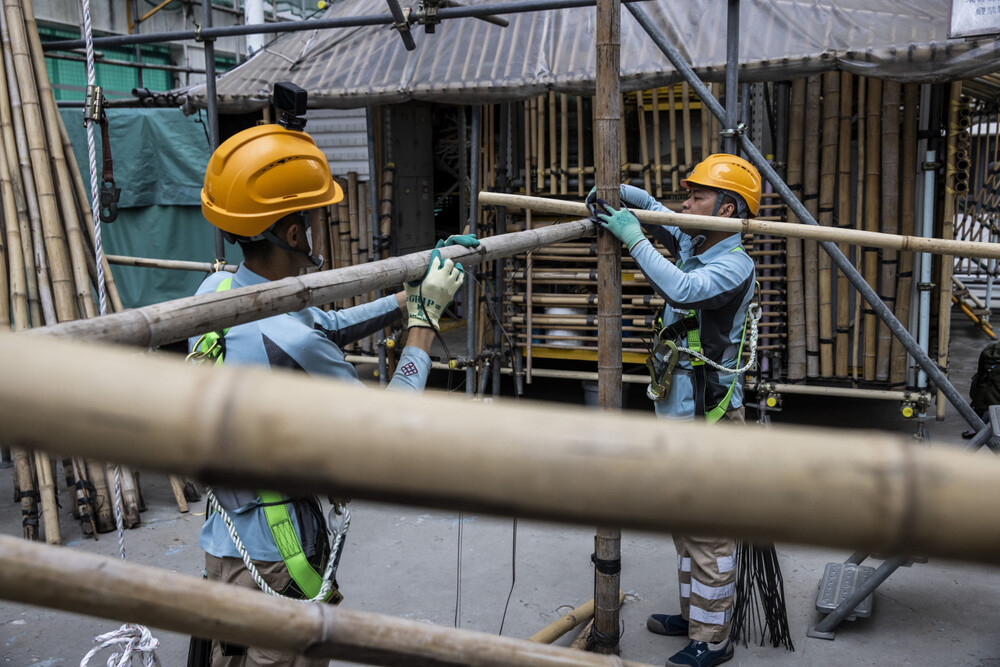
Bamboo scaffolding is highly preferred in Hong Kong for several reasons. Firstly, it offers significant advantages over steel scaffolding. Bamboo is lighter, more flexible, and readily available in the region, making it a cost-effective option. Moreover, bamboo is an environmentally friendly choice compared to metal scaffolding. It is a sustainable resource that grows rapidly and can be easily replenished. Additionally, bamboo exhibits excellent resilience, capable of withstanding harsh weather conditions like typhoons, which are frequent in Hong Kong. This reliability makes bamboo scaffolding a trusted option for construction projects in the region.
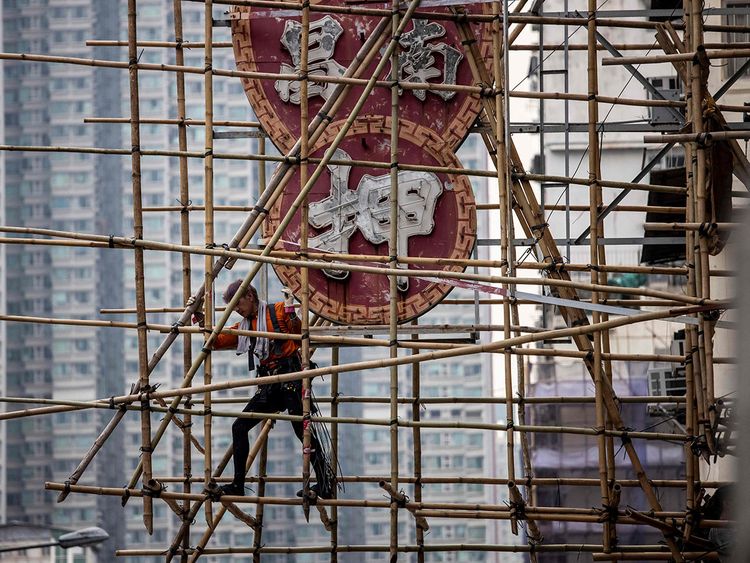
Bamboo poles have been a crucial element in supporting construction projects, events, skyscrapers, and home renovations in Hong Kong. Since the 1950s, temporary bamboo theatres have played a significant role in the city's traditional performing arts scene. These theatres were constructed annually for short periods, typically during festivals or special events, where various forms of traditional Chinese opera were performed. Each year, the theatre design includes an open-air stage, bamboo seating for the audience, and distinctive roof structures, creating a vibrant and lively atmosphere. Notably, one of the most renowned designs was the Chinese New Year theatre in February 2013, which accommodated 800 people and was entirely constructed using bamboo and timber logs.
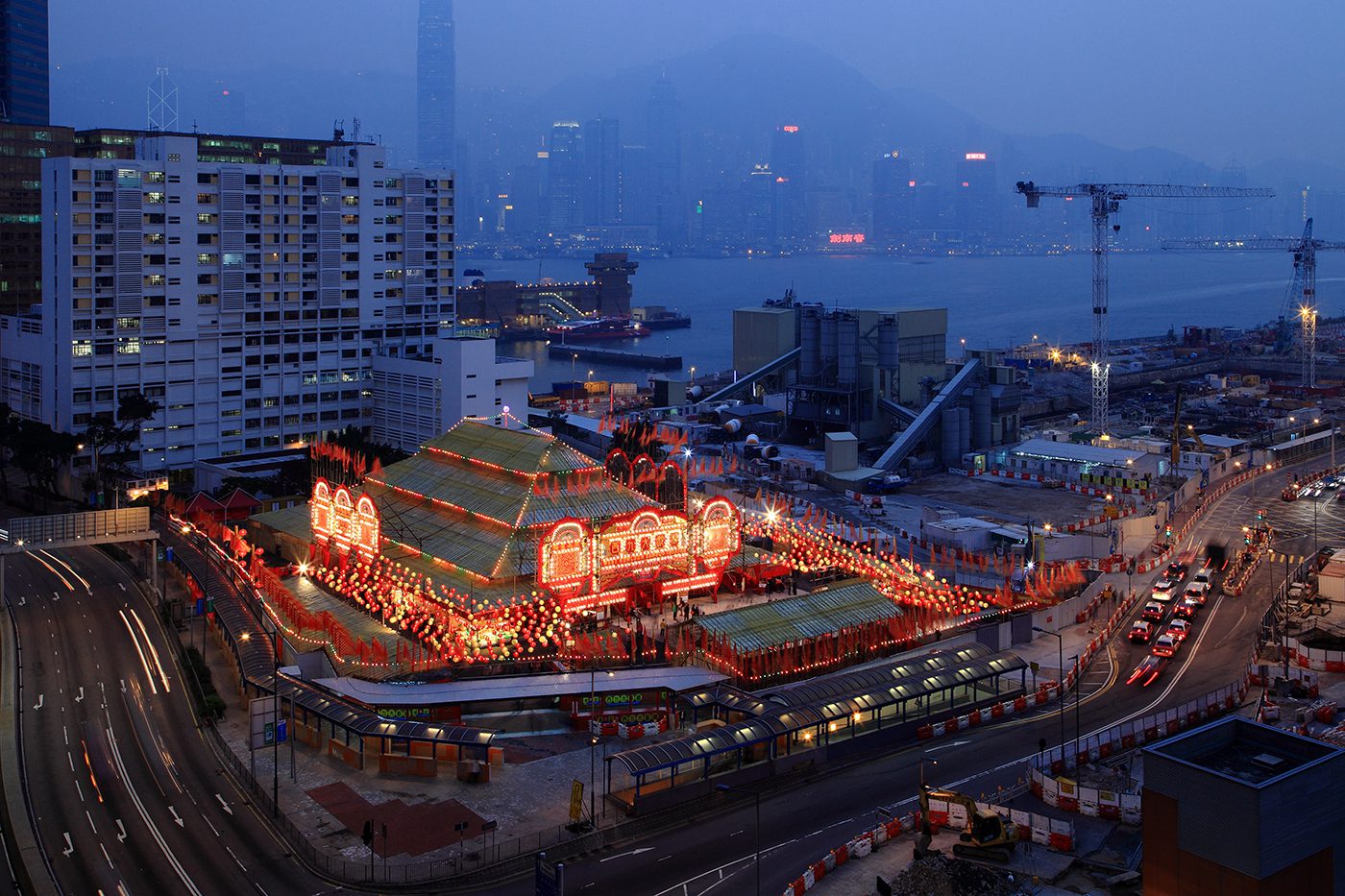
In recent years, there has been a gradual shift from bamboo scaffolding to metal scaffolding in modern construction projects. Metal scaffolding offers improved safety features, easier assembly, and higher load-bearing capacity. However, despite these advantages, Hong Kong still values bamboo scaffolding for its sustainability and cost-effectiveness. Bamboo is a rapidly growing plant, with some species capable of growing up to three feet per day, making it a readily available and affordable resource. Bamboo scaffolding holds a significant place in Hong Kong's architectural heritage and cultural identity, and it remains an iconic aspect of the city. Despite the challenging working conditions, the future of bamboo scaffolding in Hong Kong will depend on various factors and the evolving needs of the construction industry.

